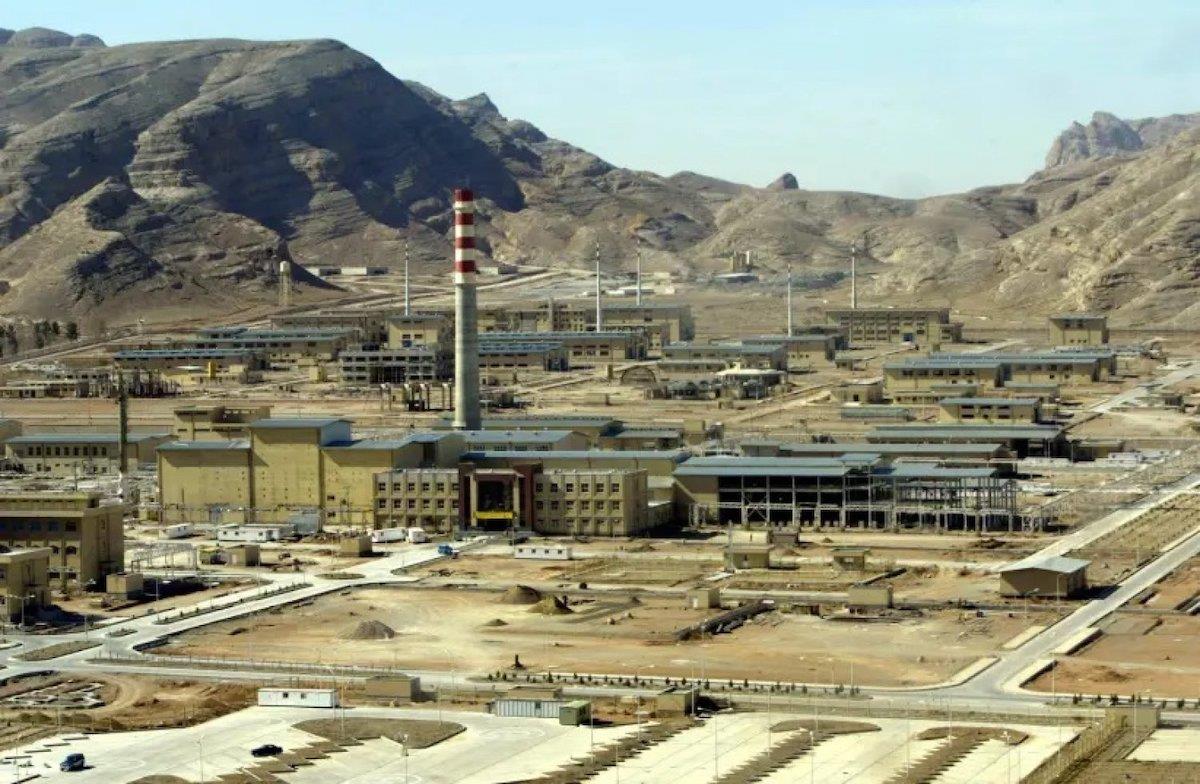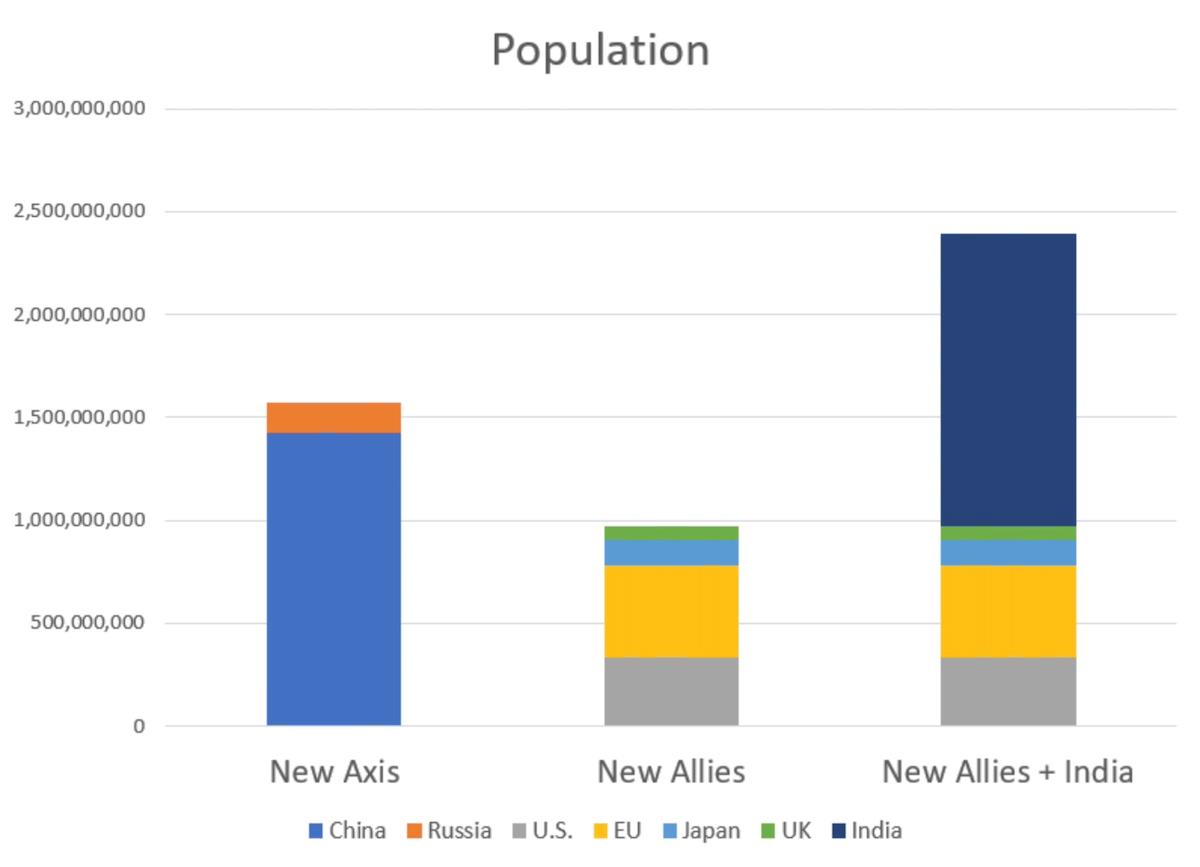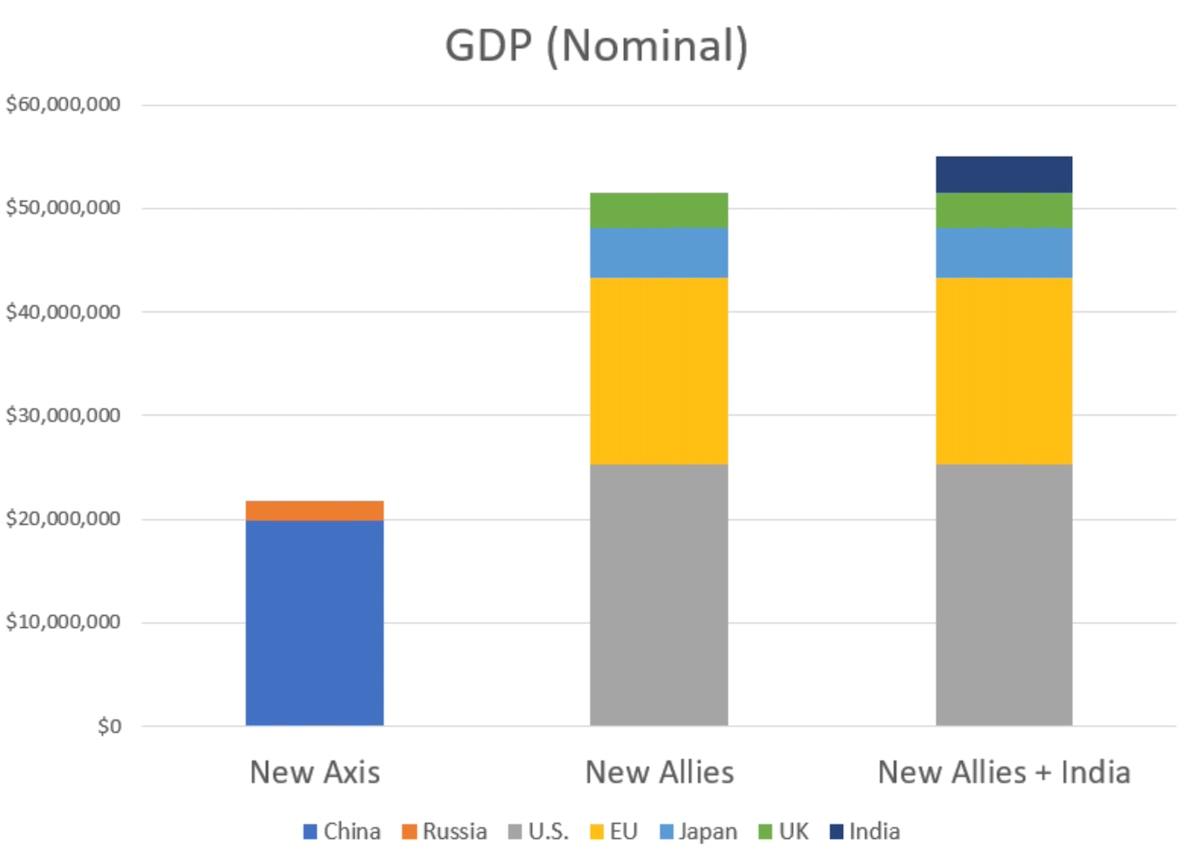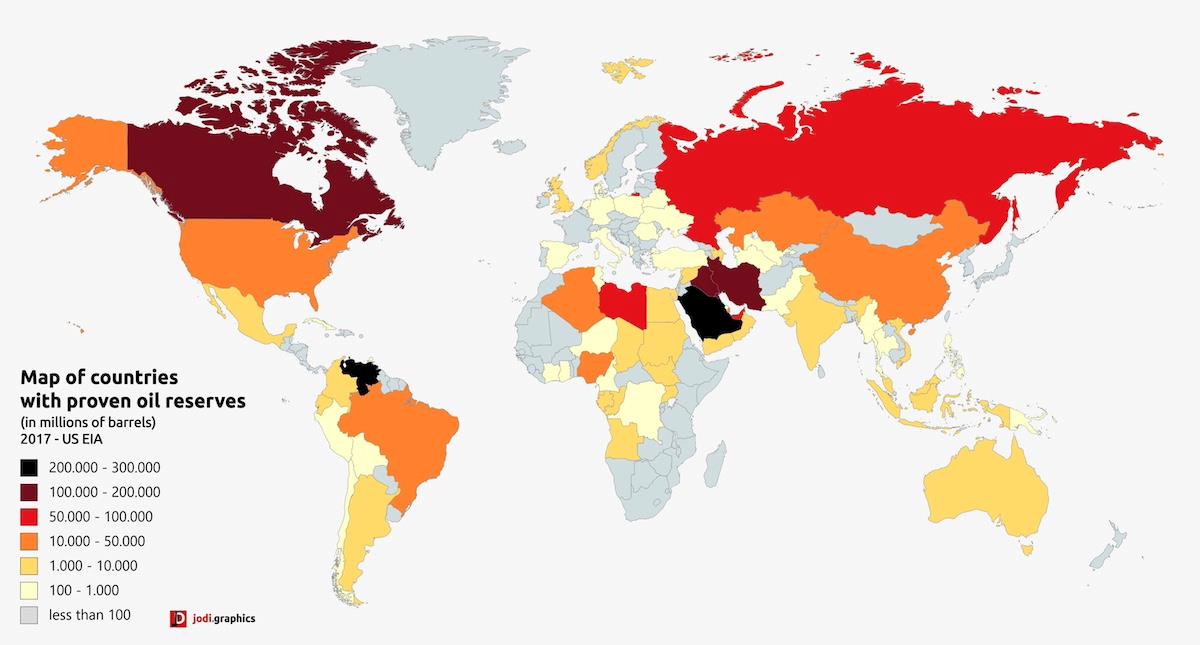Latest stories

Israel's attack on Iran: what we know so far

South Korean president facing 3 lame duck years?

Knife: Salman Rushdie's memoir of surviving attack But it's worth remembering that the original Axis wasn't that close of an alliance either. Germany and Japan
signed
some
agreements
and both fought against the US, but they didn't work together much at all during the war.
They also didn't team up against the USSR - Japan
signed a non-aggression pact with the Soviets
(which the Soviets themselves broke only in the very last days of the war), and notably failed to come to Germany's aid in Operation Barbarossa.
In order to be comparable to the original Axis, a New Axis of Russia and China wouldn't even have to work together militarily or give each other arms. Russia would have to sell China fuel, but other than that, they really could just ignore each other and focus on fighting the US and its allies in separate theaters.
Even in this“minimal New Axis” case, the US and its allies have to prepare to oppose both Russia and China at the same time. As long as Russia and China don't fight each other and Russia provides China with fuel, they
might as well
be allies in the new Cold War.
To size up the two blocs, we have to assign countries to them, and this is highly speculative. Even in WW2, the final composition of the Allies wasn't determined until Hitler invaded the USSR; indeed, during the early days of the conflict, it looked as if the USSR might even
join the Nazis , or at least sit things out. So there's a lot of guesswork here.
On the New Axis side, I'm just going to include China and Russia. North Korea is also included but it's very small and really all it can do is fight South Korea, so I'll ignore it. Then there are a couple of wild cards like Pakistan and Iran, but these have generally low capabilities and little reason to get involved with a global great-power conflict, so I'll leave them out too.
The harder question is which countries would be on the US' side in this new Cold War. Putin's invasion of Ukraine has united most of Europe against Russia and deepened transatlantic cooperation, which puts a lot of people and GDP and manufacturing capacity in the US' corner. And Japan will
likely be the US' main partner
in a conflict with China over Taiwan.
So I'll include the EU, the UK, and Japan in the“New Allies.” I'll leave out South Korea, assuming it will be tied down by North Korea. I'll also leave out some smaller countries like Canada and Australia that would almost certainly be part of the New Allies; this is at least partially balanced by the fact that some EU countries like Hungary wouldn't really cooperate.
The really big wild card here is India, which has a huge population and a reasonably hefty economy. The USSR was India's protector during the Cold War and much of India's military equipment still comes from Russia (though this is
starting to shift ). So India can't be expected to enter into any conflict against Russia.
But China is a very different matter. China is India's main military threat, and the two countries have
come to blows recently
over a disputed border. They are also rivals for influence in the Indo-Pacific region. This is why India has
joined the Quad , forging a loose quasi-alliance with the US, Japan and Australia whose purpose is obviously to hedge against China.
Thus, because India's status is still pretty uncertain, I'll do two comparisons: one with just the New Allies of the US, EU, UK and Japan, and one with the New Allies + India.
Because of the uncertain nature of the coalitions (and because of my omission of smaller coalition partners on both sides), these comparisons should be taken as rough and indicative rather than definitive. All numbers are the most recent available.
Tale of the tape: population, GDP, and manufacturing output “Quantity has a quality all its own.” – Joseph Stalin
First, let's just talk about population. Obviously, that's only one input to national power, but it's worth looking at anyway:

ScreenshotWhat this chart really just shows is that China and India are really, really, really big compared to every other country, and even compared to the EU. That's a fact worth remembering.
Now let's look at GDP. GDP is important for military strength because unless you're operating a command economy, you have to pay for your army somehow, and GDP determines the available tax revenue.
There's a debate
as to whether it's more appropriate to use nominal GDP or purchasing power parity-adjusted GDP in these comparisons. So I'll just sidestep that debate by showing both, because they really don't tell that different of a story:

Source: IMF

Source: IMFNumbers here are in millions of dollars.
The basic story here is that the New Allies have a substantially higher GDP than the New Axis, with or without India on board. The difference is a bit narrowed when we use PPP, to a ratio of 1.7 instead of 2.3 (without India). The other thing we see from this comparison is that in economic terms as well as population, the New Axis is mostly just China.
Of course, we could expect these figures to change in the result of a war, as a result of sanctions, disruptions to supply chains, financial market changes, war production, and a variety of other things. So this is just an indicative measure of where we stand.
But anyway, paying for your army is one thing, but if your alliance can't actually make the things you need to fight a war, then having a bunch of dollars is not so useful. Modern warfare requires making a lot of stuff - missiles, drones, ships, tanks, trucks, ammo, and so on.
So manufacturing output is probably important, above and beyond simple GDP; when a war rolls around, dollars that come from tourism, or from selling fancy wine, are going to be of less use than dollars of factory output. Anyway, here's the comparison, again in millions of dollars:

Source: World BankHere we see it's a much closer-run thing. India doesn't manufacture a ton, so with or without India, the New Allies just barely out-manufacture the New Axis.
The reason, as before, is China. As Damien Ma says, China has become the“make everything country .” Before the turn of the century, a very large percent of the manufacturing in the world, in terms of value, was done in the old industrialized economies of the US, Europe, and Japan.
But in the last 20 years, China has emerged as a second center of manufacturing that rivals all of the old industrialized nations
combined. On some deep level, I suspect this shift is why we're seeing the revival of great-power conflict.
What this means is that while Russia itself can't manufacture the materiel for a protracted local conflict with Europe, China can manufacture enough to sustain both itself and Russia in a conflict between the two blocs I'm envisioning here.
Specific economic capabilities “The North can make a steam engine, locomotive, or railway car; hardly a yard of cloth or pair of shoes can you make.” – William T. Sherman
The manufacturing comparison in the previous section was pretty broad; the total value-added figure leaves out lots of important stuff. It doesn't tell us how technologically advanced a country's weapons systems are. It doesn't tell us what percent of manufacturing capacity could be repurposed to military uses.
And most importantly, it doesn't show how complete a country's supply chains are. If you go into a war with manufacturing companies that depend on the enemy countries for critical components, it doesn't matter how much value-added you produce in peacetime - your factories will grind to a halt.
Value added is calculated on the margin, in peacetime, while wartime manufacturing capability is
inframarginal
- it's the amount you can make after wrenching changes close you off to your peacetime supply chains.
During the early Covid pandemic, the US
painfully rediscovered this principle
when it found itself unable to make enough masks, Covid tests, or ventilators. But later in the pandemic, the US had the advanced biotech supply chains to pump out huge amounts of mRNA vaccines, while
China was the one to struggle .
Thus, it's very hard to tell which supply chain pieces will end up being the choke points in a conflict. This is why the Biden administration is
working feverishly
on this problem, and I'm sure the Chinese authorities are doing the same. But there are a few things we can probably predict will be important.
First, fuel. (At this point I'll stop doing the stacked bar charts and just show a map.) We can see that both of the posited blocs would have ample access to oil:

ScreenshotCoal is a similar story
- China and Russia have plenty, but so do the US and Australia. Gas is also
roughly similar .
So, on paper, both blocs have enough fossil fuels. For the New Axis, the question would mainly be whether Russia can get enough oil and gas to China - it would involve either moving a lot of tankers through potentially contested waters or building a ton of very expensive difficult pipelines across the vast expanses of Eurasia. Of course, the US would face a similar problem getting oil, coal and gas to its allies in Europe and Asia.
To be sure, fossil fuels aren't the only type of energy out there; there's also renewables. Carting around the energy from renewables requires a lot of batteries (and maybe some electrolyzers), which requires a lot of minerals.
David Roberts has
a good breakdown of mineral requirements
for alternative energy, with some good charts showing where the minerals are located. Graphite and rare earths are concentrated in China, while cobalt and platinum are concentrated in Africa:

Source: Volts , IEA

Sign up for one of our free newsletters The Daily ReportStart your day right with Asia Times' top stories AT Weekly ReportA weekly roundup of Asia Times' most-read stories
Of course, this is just current production. The US and its allies will probably be able to develop domestic supplies of rare earths and graphite if they have to, just as Japan
started mining rare earths
when China cut it off. But finding and exploiting these resources takes time, so the New Allies should probably be looking at this right now.
Then there's the question of where the minerals are processed. Here we see that the answer is mostly“China”:

Source: Volts , IEAThis seems like a real vulnerability for the New Allies. My suspicion is that there are a lot of other basic,“primary industry” type of tasks that developed countries have lazily let migrate en masse to China because they aren't very high up the value chain. But in a conflict situation,“high up the value chain” suddenly means a lot less.
Semiconductors - i.e., computer chips - are an additional consideration.“Chips are the new oil”, as they say, which means that semiconductors are used in pretty much every piece of machinery. That includes all the machines of war and war production. Currently, the New Allies produce most of the semiconductors in the world, though China is racing to catch up:

ScreenshotBut despite China's mightiest efforts, this looks like an area where the New Allies will maintain a decisive advantage over the next decade.
In general, what looking at supply chain chokepoints shows us is that neither the New Axis nor the New Allies represents a fully self-contained, integrated economic machine that can make everything it needs for a major conflict.
The past 20 years have seen China and the old industrialized nations develop a symbiotic relationship - they are deeply intertwined. (One would hope this would be enough to prevent a conflict but that's almost certainly wishful thinking given past experience.)
What that means is that in the event of a conflict, each bloc would be scrambling to shore up its weak points - China scrambling to build more chip fabs and secure more oil from Russia, the US and Europe and Japan scrambling to rebuild the low-value primary industries that they outsourced to China.
Stiffest economic competition everI can't say whether or not the New Axis is the most formidable military competitor that the US and its allies have ever faced. The original Axis was certainly fearsome and the USSR had
tens of thousands
of nuclear weapons ready to roast the world at the touch of a button.
But I think that the comparisons above show that the New Axis certainly represents an
economic
competitor like none the US and its allies have ever faced. And the reason is simply China. Russia is mainly a gas station with nukes but China has three things going for it:
China has far, far more workers than the original Axis or the Soviet bloc. China has advanced manufacturing technology that probably rivals the original Axis in relative terms, and far exceeds the Soviet bloc. China has the world's largest manufacturing cluster, making it the“make everything country”, which neither the Axis nor the USSR managed to be. This is simply a unique situation in modern history. The Industrial Revolution began in Europe and spread to the US and the East Asian rim. The aftermath of WW2 saw central Europe and the East Asian rim incorporated into a US-led alliance that dominated global manufacturing in a way that the communist powers could never threaten.
Now, with the rise of China, world manufacturing is divided roughly in two. Much of the War Economy in the US and its allies will therefore be about rediscovering the manufacturing capabilities they neglected during China's meteoric rise.
This article was first published on Noah Smith's Noahpinion Substack and is republished with kind permission. Read the original and become a Noahopinion subscriber here.
Already have an account?Sign in Sign up here to comment on Asia Times stories OR Thank you for registering!
An account was already registered with this email. Please check your inbox for an authentication link.